Years ago, I stumbled across a dusty Gibson guitar at a local garage sale, its serial number barely legible. Little did I know, this would spark a profound journey into the fascinating world of Gibson guitar history. The intricate dance of numerals etched into these instruments reveals more than just age and origin; it speaks to the soul of the Gibson legacy itself. As I delved deeper, I uncovered that a single serial number can unlock tales of craftsmanship, innovation, and rock legends.
In this comprehensive guide, I’ll share my decades of experience with stringed instruments to help you navigate the seemingly cryptic world of Gibson guitar serial numbers. We’ll explore the history and features that make these numbers integral to understanding the essence of a Gibson. Prepare to demystify what each digit holds, transforming cryptic codes into stories of the past and present, all while reigniting your passion for these legendary guitars.
What are Gibson Guitar Serial Numbers?
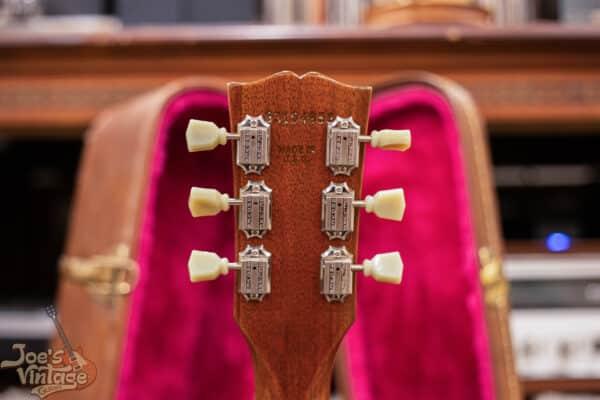
What if the number on your guitar is a key to discovering its true identity? This thought has driven my passion for uncovering the mysteries hidden in Gibson guitar serial numbers. In my years of working as a luthier, I’ve found that these numbers are far more than mere digits stamped on wood. They’re the DNA of the instrument, encoding essential information about its history and origin.
Imagine standing in a workshop, surrounded by guitars of various models and ages. Each one bears a serial number, a unique identifier that separates one piece from another. These numbers are vital in a world where guitars can represent both sentimental value and significant financial investment. Without understanding them, one might easily misidentify or undervalue an instrument.
Serial numbers, by definition, are sequences of numbers and sometimes letters that denote specific manufacture details. They can inform us about the date of production, the factory of origin, and even the model type. Over time, as I delved deeper into the world of guitar making and restoration, I realized how these serial numbers could serve as bread crumbs leading to a guitar’s past. With this knowledge, I’ve witnessed more than a few ordinary-looking guitars transform into extraordinary finds. Recognizing their true identity not only protects the value of the instrument but also celebrates the legacy of craftsmanship that Gibson is renowned for.
Why are Serial Numbers Important?
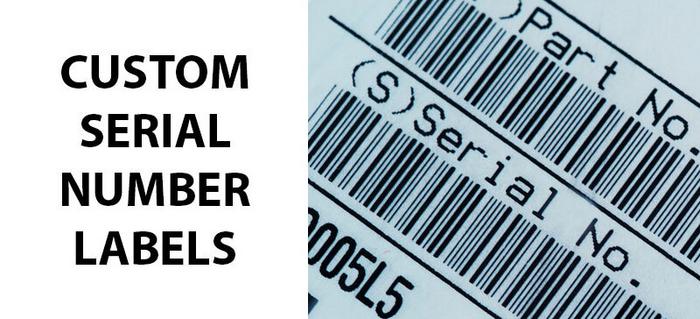
Imagine purchasing a vintage Gibson, only to find out it’s not what you thought—could serial numbers be your best defense against fraud? This thought crosses my mind every time I delve into the fascinating world of guitar collecting. Having spent years immersed in instrument acoustics research, I’ve witnessed firsthand how crucial these seemingly mundane codes are in verifying authenticity. Without them, even the most discerning eye might be fooled by a convincing counterfeit.
Serial numbers play a pivotal role in determining a guitar’s authenticity and age. For collectors and musicians alike, understanding these numbers is akin to having a secret weapon. When you decipher a Gibson guitar’s serial number, you unlock details about its manufacturing date, which often correlates directly with the instrument’s value. This knowledge becomes indispensable when assessing guitars with a dubious provenance.
Every Gibson serial number tells a story, and knowing how to read this story empowers you to make informed decisions. I’ve encountered numerous instances where a quick check of the serial number has confirmed or debunked the authenticity of a vintage piece, sparing me disappointment and financial loss. This underscores why serial numbers are not just numeric sequences but the lifeline of a guitar’s history and credibility.
When to Use the Serial Number?
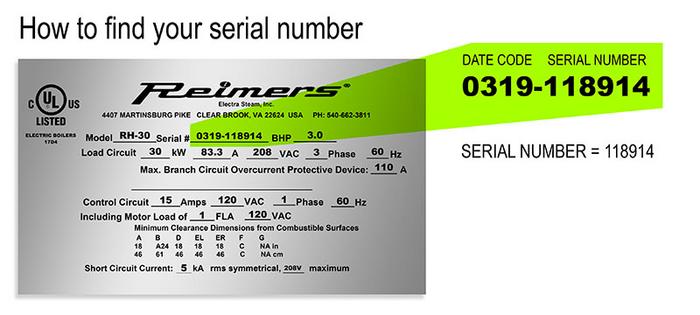
Throughout my journey with vintage instruments, I’ve come to see that understanding a Gibson guitar’s serial number is like having a portal to its past. But when exactly should you dig into these cryptic numbers?? Well, in my experience, there are several scenarios where a serial number can incredibly transform your understanding of a guitar’s age and value. Consider when you’re eyeing an auction for a supposed 1962 Gibson Les Paul. That serial number can confirm its birth year and, by extension, significantly impact its market value. I’ve been in rooms where a serial number revelation sent collectors’ jaws dropping.
For any musician or collector considering a purchase from an unfamiliar source, verifying the guitar’s serial number can safeguard against unscrupulous sellers. Just recently, I encountered a case where a seemingly irresistible model was revealed to be a clever counterfeit, saving a potential buyer from a costly mistake. Additionally, when restoring a vintage piece, these numbers guide luthiers and researchers in re-creating the authentic specifications of the original build. Each time I delve deep into these digits, I unravel stories of craftsmanship and innovation, affirming why it pays to know when to use that serial number. These moments are pivotal in a musician or collector’s journey, offering not just facts, but confidence in the heritage and authenticity of their prized instruments.
How to Read Gibson Serial Numbers
Understanding Serial Number Formats
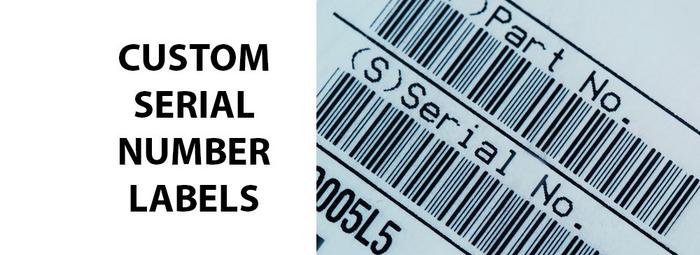
Did you know that different series of Gibson guitars have distinct serial number formats that can unlock their histories? As someone with an engineering perspective, I find this aspect of serial numbers truly fascinating. These formats not only reveal the production details of a specific instrument but also shed light on Gibson’s manufacturing evolution over the years. My exploration into Gibson’s serial numbers intertwines with understanding their Factory Order Numbers, or FONs, which were crucial for their internal tracking.
Serial number formats have varied significantly across different Gibson periods and models. This diversity demands a detailed comprehension, bridging the gap between an instrument’s assigned number and its production context. Each format tells a part of Gibson’s story, whether it’s deciphering a 1977 serial using an eight-digit code or understanding the consistency and deviations in craftsmanship during the early 1900s. By examining these variegated formats, I’ve gained invaluable insights into how Gibson maintained its legacy while adapting to new practices.
Understanding these serial number formats is an essential skill for enthusiasts and collectors alike, allowing you to connect with each guitar’s unique background and value. In the forthcoming sections, I’ll further delve into decoding these numbers and letters, offering nuanced explanations and common pitfalls you should be aware of. My mission is to empower you with knowledge and a profound appreciation for Gibson guitars.
Decoding the Numbers and Letters
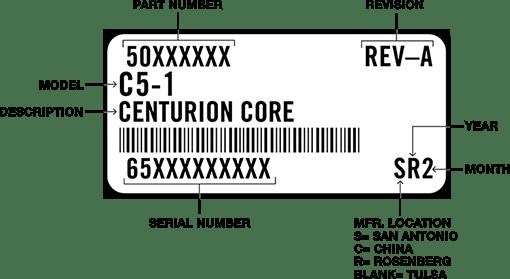
What secrets are hidden within the letters and numbers on your guitar’s label, waiting to be uncovered? Delve into the captivating process of decoding Gibson serial numbers with me, drawing on my extensive background in instrument design. Understanding how each component of a serial number unfolds a part of a guitar’s history is both a rewarding and intricate task. Gibson model identification and production years are vividly revealed through these sequences, offering a glimpse into the guitar’s journey.
The numbers and letters on a Gibson serial number aren’t just random; they hold pivotal information about the instrument’s origin. By meticulously examining the placement and sequence, you can discern not only the year of production but also specific details about manufacturing techniques during that period. This step-by-step decoding process is an essential skill for enthusiasts and collectors alike, allowing one to appreciate the craftsmanship and context behind the creation of their instrument. Each numeral and character is a link to Gibson’s storied legacy.
Common Misconceptions about Gibson Serial Numbers
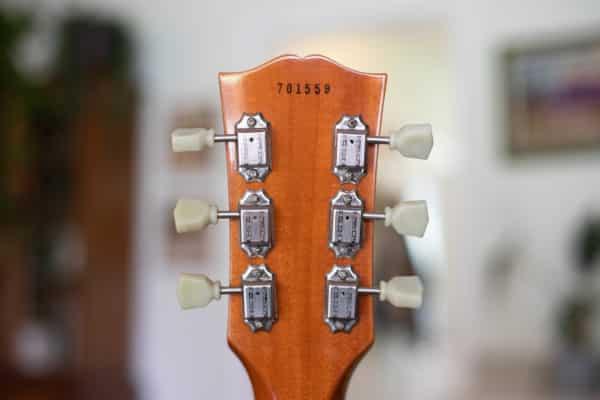
Ever heard that Gibson serial numbers were sequential? Think again—what other myths could be misleading you? Throughout my years of experience working with Gibson guitars, I’ve uncovered several misconceptions, and one of the most common is that every serial number tells a linear story of a guitar’s manufacture. In reality, Gibson’s approach to serial numbering has evolved, involving various systems that sometimes overlap or deviate from a strict sequence.
For instance, from the 1970s to the early 2000s, Gibson employed a method that included the year of production encoded within the serial number, which can often lead to misunderstandings about when exactly an instrument was created. This discrepancy is important to guitar enthusiasts and collectors seeking to authenticate or appraise instruments based on production dates.
Another frequent misunderstanding is related to the notion of rarity or value that a specific serial number might imply. Some believe that lower numbers or certain patterns inherently signify greater worth, when, in fact, the value often depends more on the guitar’s condition, history, and specific model than on its number alone. Acknowledging these facts can prevent misguided expectations and ensure a more accurate appreciation of these iconic instruments.
My experience has taught me that the truth behind Gibson serial numbers is often more compelling than the myths. It’s essential to delve beyond assumptions and understand the history and logic Gibson employed throughout different periods, making it a fascinating puzzle rather than a straightforward path.
FAQs
What is a Gibson Guitar Serial Number?
A Gibson guitar serial number is a unique identifier assigned to every Gibson guitar, which can be used to determine the model, production date, and manufacturing location of the instrument.
How can I decode a Gibson Serial Number?
Decoding a Gibson serial number requires understanding its sequence, which usually includes a combination of numbers and sometimes letters that represent specific details about the guitar’s production week, year, and factory code.
Where can I find the serial number on a Gibson guitar?
The serial number on a Gibson guitar is typically located on the back of the headstock. It may also be found on the label inside the body on acoustic models.
Why is it important to check the serial number of a Gibson guitar?
Checking the serial number of a Gibson guitar is important for verifying its authenticity, determining its value, and understanding its history, especially when buying or selling pre-owned instruments.
Can Gibson guitar serial numbers help determine the guitar’s value?
Yes, by revealing the production year and whether it belonged to a limited edition or specific production run, Gibson serial numbers can significantly affect the guitar’s collectibility and market value.
Conclusion
Could understanding a simple serial number be the key to unlocking an entirely new appreciation for your guitar? Reflecting on my journey through the fascinating landscape of Gibson guitar serial numbers, I’ve discovered that these numbers are more than mere identifiers. They form an intricate part of the Gibson authenticity puzzle, revealing the rich tapestry of Gibson guitar history. From my in-depth research and extensive hands-on experience, I’ve come to appreciate how these serial numbers offer insights into when and where your guitar was crafted, highlighting the story and legacy behind each instrument.
As we explored the formats and intricacies of decoding these numbers, it’s evident that understanding them is crucial for any guitarist. This knowledge not only enhances the value of your investment but fosters a deeper connection to your beloved instrument, ensuring its rightful place in your collection. Keep this guide in mind as you continue to explore the beautiful world of Gibson guitars, enriching both your experience and appreciation.

R.M. Mottola, an engineer-turned-luthier, revolutionizes stringed instrument design with his deep focus on acoustics and ergonomics since 1994. As editor of the Savart Journal and a key contributor to American Lutherie, Mottola merges science with artistry in lutherie. He enriches the field with his extensive knowledge, shared through his Liutaio Mottola website, making him a beacon in the world of modern instrument craftsmanship.
